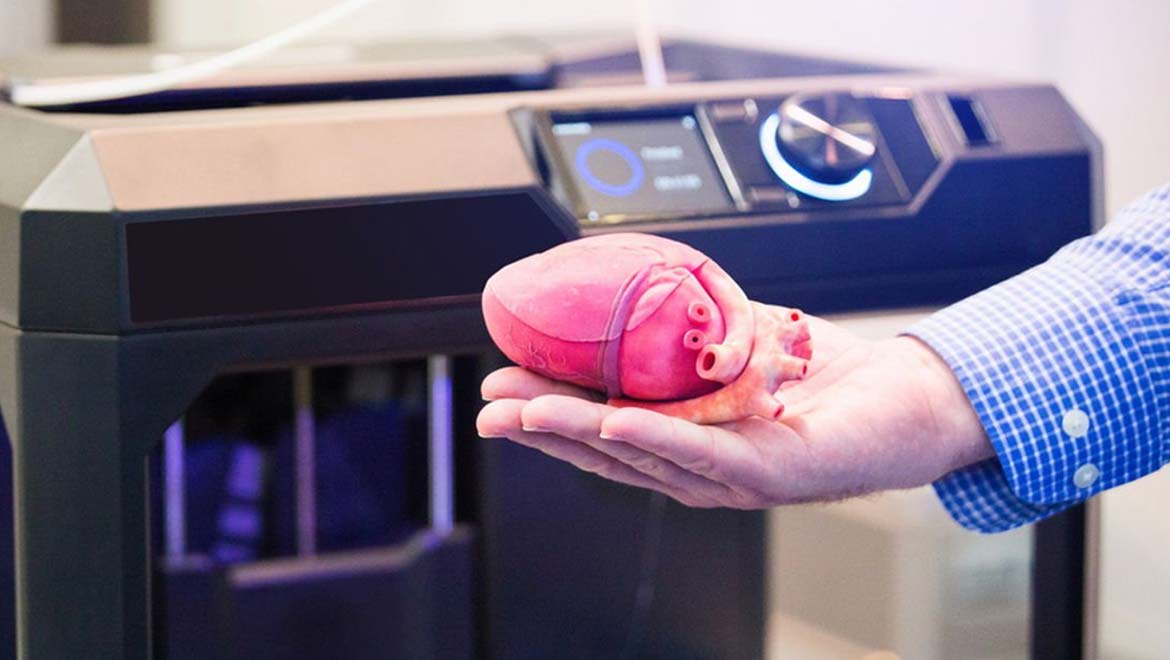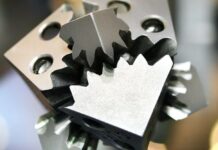Currently, the average wait time for a liver is 4 to 5 months and 2.5 to 3 years for a kidney in the U.K. Despite the acceleration in 3D bioprinting research, we are still far from the holy grail of 3D printed organs for transplant.
IDTechEx, a research and consultancy firm, explains the reasons why researchers and scientists should believe in 3D bioprinting as a technology of the future. Entitled, “3D bioprinting 2018-2028: Technologies, Markets, Forecast”, the company’s report presents the market forecast for 2028.
The big issue with today’s 3D bioprinted organs
Today’s 3D bioprinted organs are limited by size. Scientists can manipulate cells to grow into mini organs by placing different types of cells in specific locations, or even using stem cells and letting nature take its course, but as yet, these structures are very small.
The reason is simple: scientists have yet to figure out how to create the complicated network of blood vessels within organs that are needed to feed cells with essential nutrition and oxygen. Instead, most of the structures printed today have either very basic vasculature, which is not adequate for sustaining large organs, or they are thin enough to simply rely on diffusion forces.
Despite the small size of the 3D bioprinted tissue today, which makes them less clinically relevant, these tissue structures can be used for research purposes. Small tissues that mimic their larger counterparts can be used to test chemicals for human use, such as pharmaceuticals. In IDTechEx’s 10-year market forecast, we have predicted that companies selling into this market will capture the majority of the $1.9 billion value.
A way to optimize and accelerate the drug development process
Testing drugs on 3D bioprinted organs has the potential to optimize and accelerate the drug development process. The greatest impact will be in eliminating toxic drugs more quickly so that they do not make it to the costly clinical trials process. This way, resources can be focused on more promising opportunities, and human volunteers will be exposed to lowered risks.
With 3D bioprinted models, new avenues are also opened. For example, the creation of mini brain organoid models, or the modeling of the human blood-brain barrier, can help researchers better understand how the brain works and work to develop drugs for brain disorders such as Alzheimer’s disease and deadly cancers such as glioblastoma.
There is still a way to go in developing 3D bioprinting technologies before they are ready to create 3D bioprinted organs for transplant. IDTechEx does not foresee the regenerative medicine market to contribute substantially to the overall value provided by 3D bioprinting by the year 2028. For now, we are optimistic that 3D bioprinted organ models will lead researchers to a better understanding of human biology and disease, which will lead us to better therapeutics.
You can now post free of charge job opportunities in the AM Industry on 3D ADEPT Media.
For further information about 3D Printing, follow us on our social networks and subscribe to our newsletter : Facebook, Twitter, LinkedIn & Instagram !
Would you like to be featured in the next issue of our digital magazine? Send us an email at contact@3dadept.com






